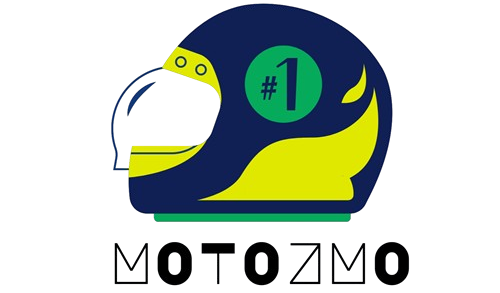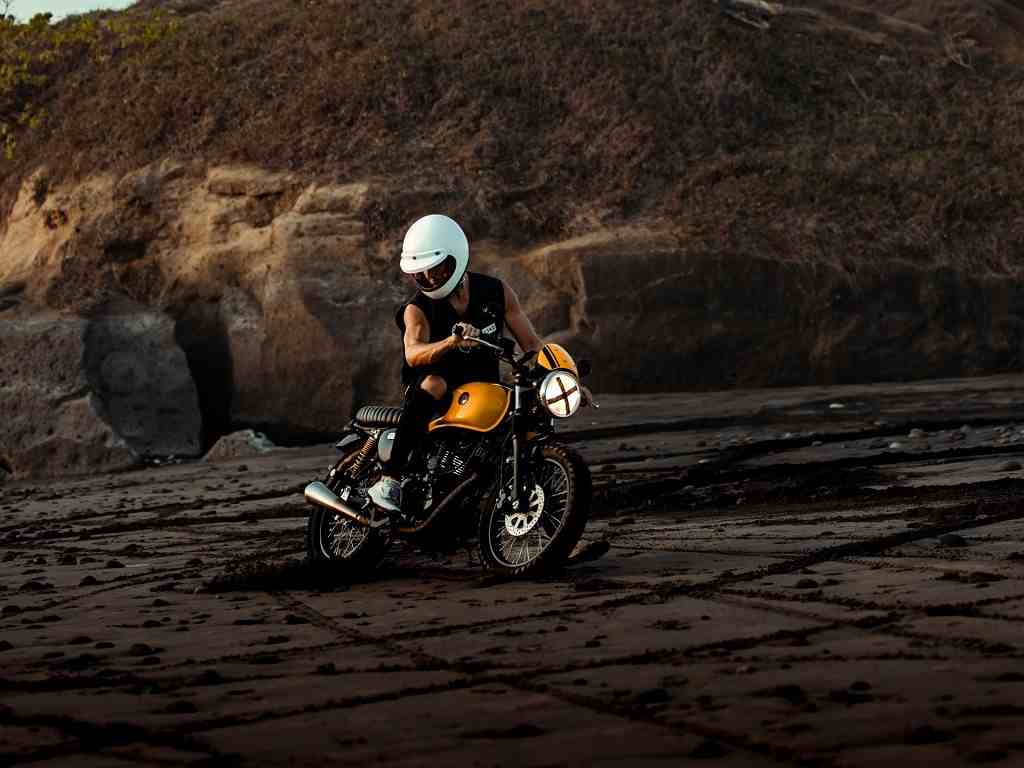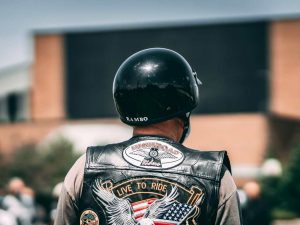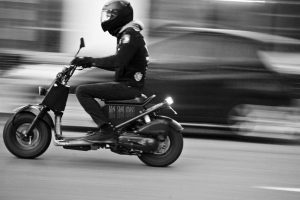Some of the links in this post are affiliate links, meaning we may get a small commission when you purchase through our links, at no extra cost to you. It helps us covering the expenses of keeping this site free for you. Thank you for your support!
Is it hard to learn motorcycles?
Millions of would-be riders may have this question in mind. The answer, of course, depends on the person asking the question.
Some people seem to pick up riding a motorcycle like it’s no big deal, while others find it more challenging.
Motorcycle riding, like anything else in life, has its challenges. But with the right attitude and approach, anyone can learn to ride a bike.
We’re going to go over some difficulties one can face when learning to ride and give you some tips on making the process as smooth as possible.
Is It Hard to Learn Motorcycles? The Challenges
If you are a complete bike virgin, popping the cherry (ahem…we mean sitting on the bike) could be a little intimidating.
Well, the first few attempts could make your heart pound and palms sweat, but that’s part of the learning process.
Learners can struggle with:
a. Maintaining the Balance
Figuring out how to balance correctly on the bike can be difficult for beginners. They need to learn how to distribute their weight evenly and maintain it while moving.
Also, new riders may struggle to keep the bike upright while riding.
It takes time and practice to learn the basics of balancing. You have to adjust your weight and stay in control while accelerating, braking, and turning.
b. Using the Clutch and Brake
Mastering the use of the clutch and brake is another challenge. These controls are essential for stopping and starting the bike and can take some time to get used to.
c. Getting Used to Conditions
As a rider, you must learn how to ride in different weather conditions. And this could be pretty challenging.
You need to be aware of wet roads, windy days, hail, or other weather conditions.
d. Handling Road Curves and Turns
New riders need to learn how to handle curves and turns while on the bike.
Learning these skills can be tricky, especially since motorcycles are more prone to tipping over than cars.
Motorcycling For Dummies by Bill Kresnak

Learning to Ride Motorcycles: 7 Effective Tips
You can overcome the challenges by following these seven tips.
1. Follow Safety Protocols
Wear proper safety gear before jumping on a bike. The most essentials are a helmet, protective clothing, and goggles or sunglasses.
Also, never drink and ride, even if it’s just beer. Alcohol can impair your ability to operate a motorcycle safely.
2. Start Small
Many people make the mistake of jumping on a big, powerful bike on their first attempt. It’s a recipe for disaster!
You should pick a lightweight model ranging between 250 and 650 cc. Start small and work your way up. It will help you build confidence in riding a more powerful beast in the future.
3. Get Some Training
Learn the ropes of riding from a qualified instructor. Training provides riders with the skills they need to handle their bike in all situations.
An instructor can teach you the basics of riding safely and help you develop the skills you need to be a confident motorcyclist. They can also give you feedback on your riding and help you improve your technique.
4. Practice, a Lot
The more time you spend practicing, the better rider you will become. It’s crucial to find a safe place to practice.
Choose an open area, such as a parking lot or deserted street, and practice until you feel comfortable with the bike.
5. Don’t Ride in Traffic
While you’re learning, it’s best not to ride in traffic.
It can be dangerous for new riders because they don’t have the skills yet to react quickly enough when something unexpected happens.
Try riding on quiet roads or trails instead.
6. Be Extra Cautious
On the road, it’s harder to spot motorcycles than cars. So be aware of your surroundings at all times and use caution when riding in traffic or around other vehicles.
Always use turn signals, wear bright clothing, and make yourself visible to other drivers.
SEE MORE: Best Motorcycle Visibility Products for Road Safety
7. Be Patient
It’s going to take some time before you’re comfortable enough with your skills.
Don’t get discouraged if it seems like everything is taking forever! You’ll be riding like a pro soon enough.
Ultimately, learning how to ride a motorcycle takes patience and practice. So new riders need to be prepared for a bit of a learning curve.
The Final Word
Motorcycle riding is not something that can be learned overnight. If you’re willing to put in the effort, you can become a competent rider.
The first step is to understand the basics of how a motorcycle works.
Once you have that down, you need to start practicing – and don’t be afraid to make mistakes! Everyone makes them when they’re learning something new.
FAQs on the Truth about Riding a Bike
Is it hard to learn how to ride a motorcycle?
No, learning how to ride a motorcycle is not overly difficult as long as you take the proper courses, start with a beginner bike, and practice regularly. However, motorcycle riding does require focus, balance, proper body positioning and throttle control which takes time and patience to develop.
How long does it take to learn to ride a motorcycle?
It typically takes anywhere from four to eight weeks to learn the basics of riding, depending on how often you practice. This involves learning how to start, balance, shift gears and stop the motorcycle. Becoming truly confident can take months of regular riding.
What are the basic skills required to ride a motorcycle?
The basic skills include: starting the bike, putting your feet down properly, balancing at idle and while moving slowly, using the clutch and throttle smoothly, shifting gears, braking gently yet firmly, and looking through turns. Body position and hand grip are also crucial.
What should a beginner look for in their first motorcycle?
Beginners should look for motorcycles with: a low seat height (under 30 inches), lightweight (under 400 lbs.), lower engine displacement (under 500cc), simple controls, standard transmission, adequate rear suspension, reasonable fuel range and an upright seating position.
What are the most common mistakes beginners make?
The most common mistakes are: using the front brake too heavily, not looking through turns, going too fast for their skill level, trying to shift too early or too late, not counterbalancing when stopping or slowing, and having poor body position.
What gear do I need as a beginner?
As a minimum, you need a DOT approved helmet, motorcycle gloves, full length pants and boots that cover your ankles. A bright colored lightweight jacket, armored knee pads and hip pads are also recommended for beginners. All gear should be made specifically for motorcycling.
Should I get an automatic or manual motorcycle to learn on?
Some choose to learn on an automatic as they are simpler to operate, before progressing to a manual motorcycle. However, it’s better if you can learn to ride on a manual (clutch) motorcycle. This teaches you the important skill of clutch control from the start.
What are some tricks to overcome the fear of losing balance?
To overcome the fear of losing balance: start very slow in an empty lot, practice low speed figure 8 frequently, focus on looking ahead not down, gently rock the bike side to side while stopped to gain confidence with the lean angle, imagine a center line running down the bike to help with straight riding. And relax your body; don’t grip the handlebars too tightly.




